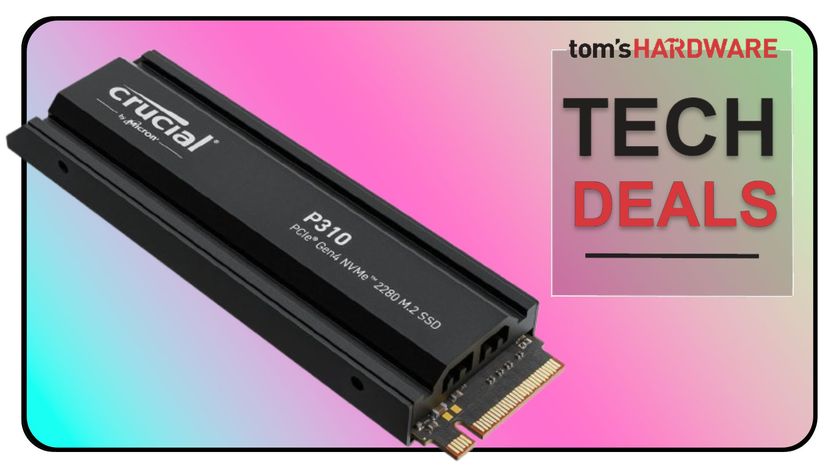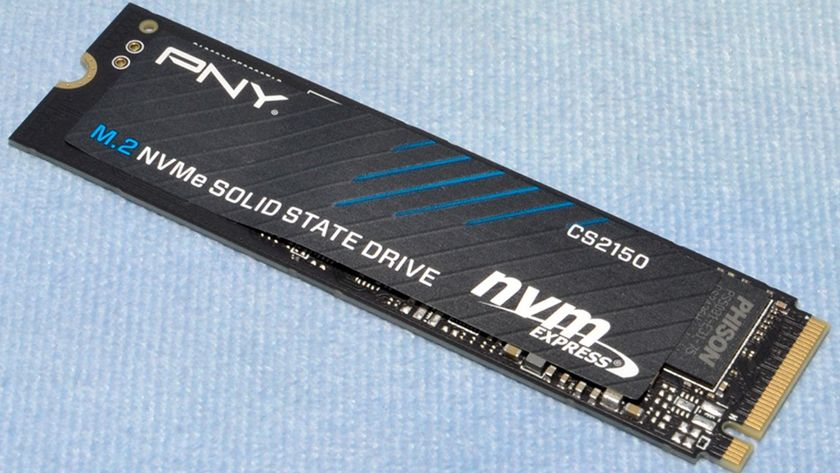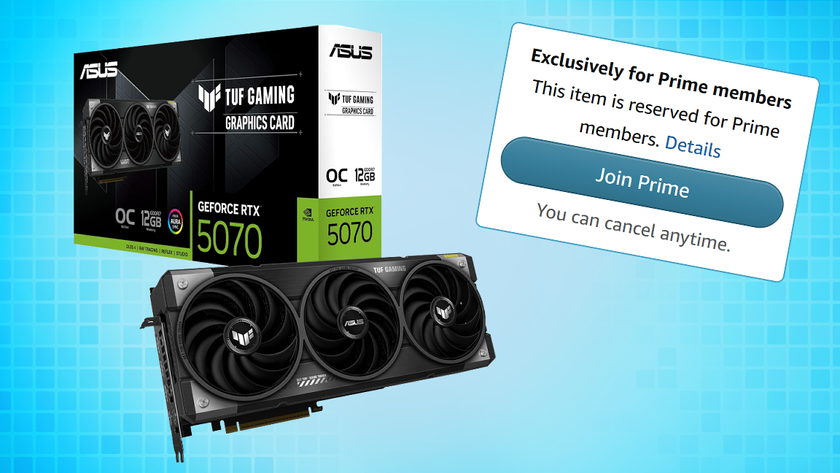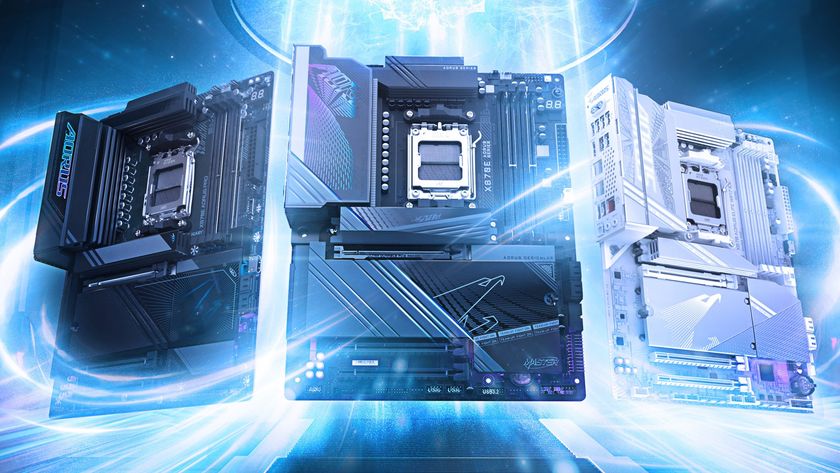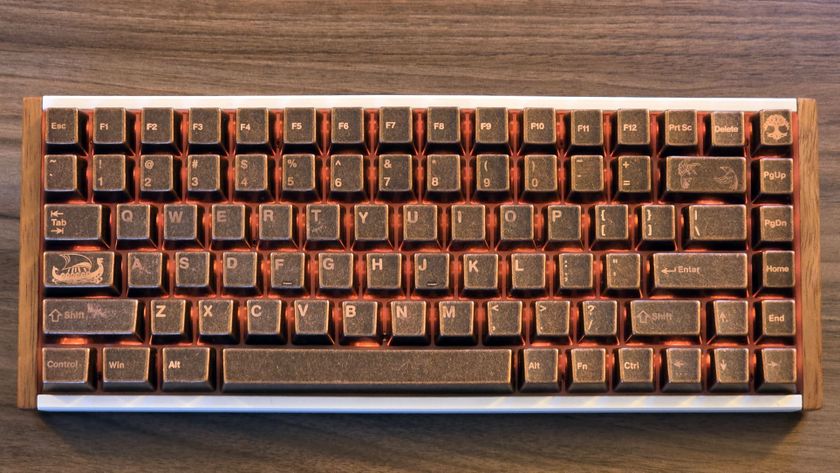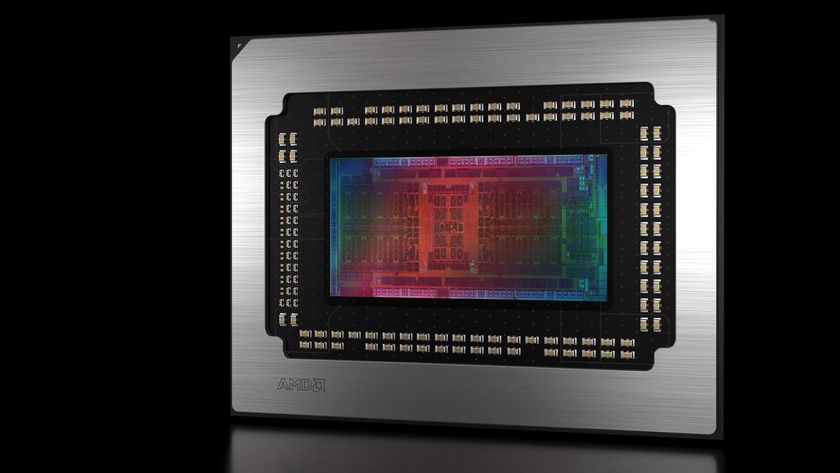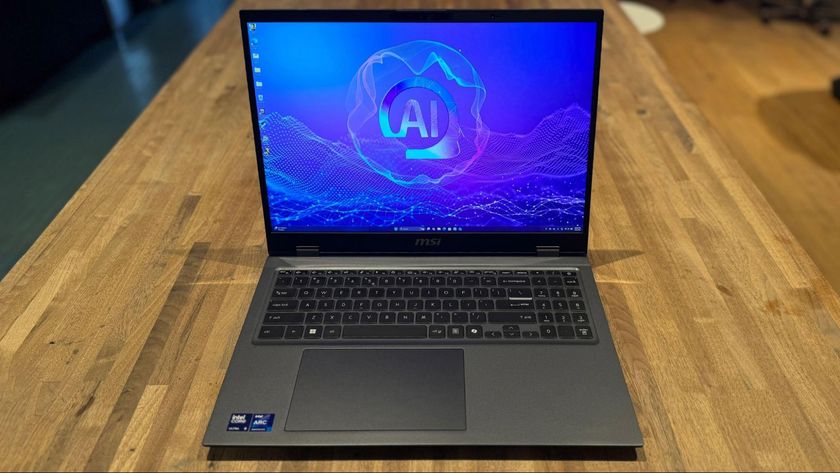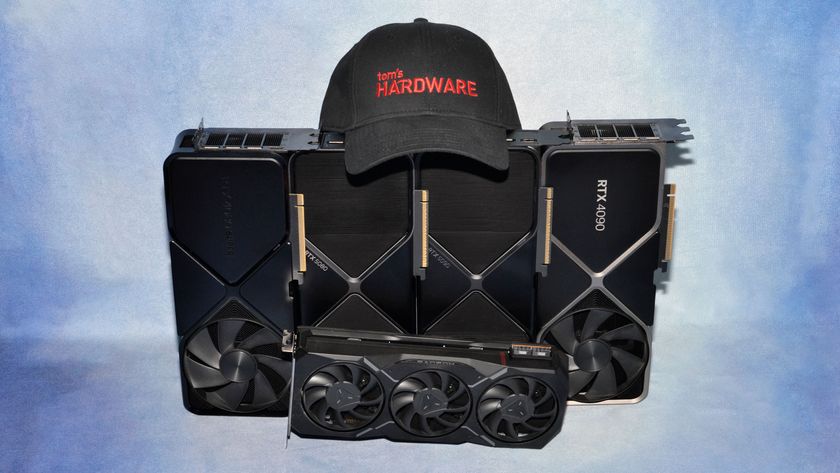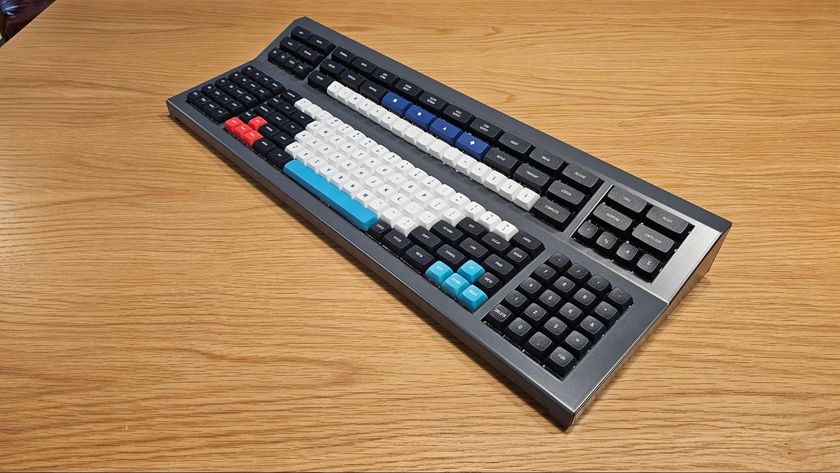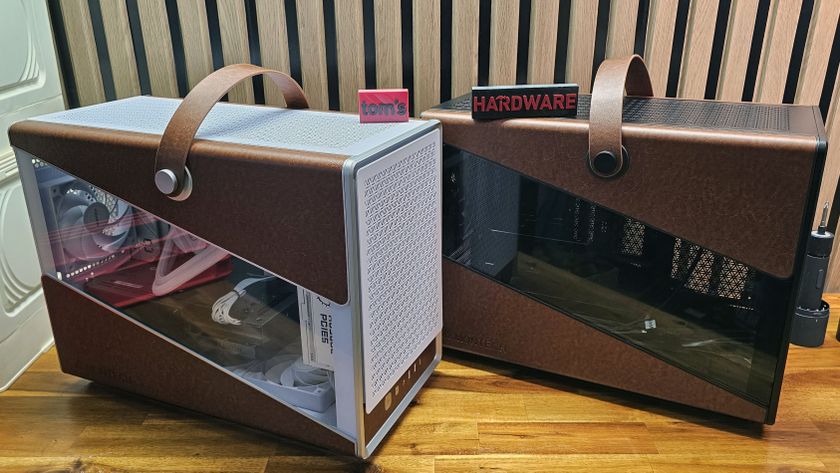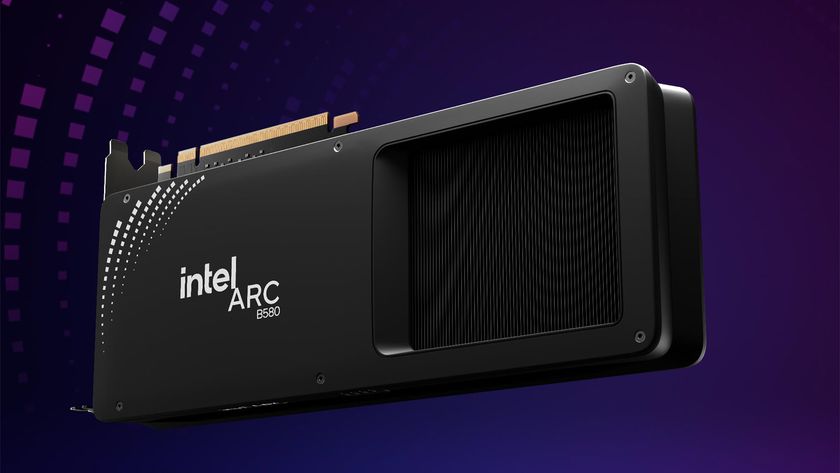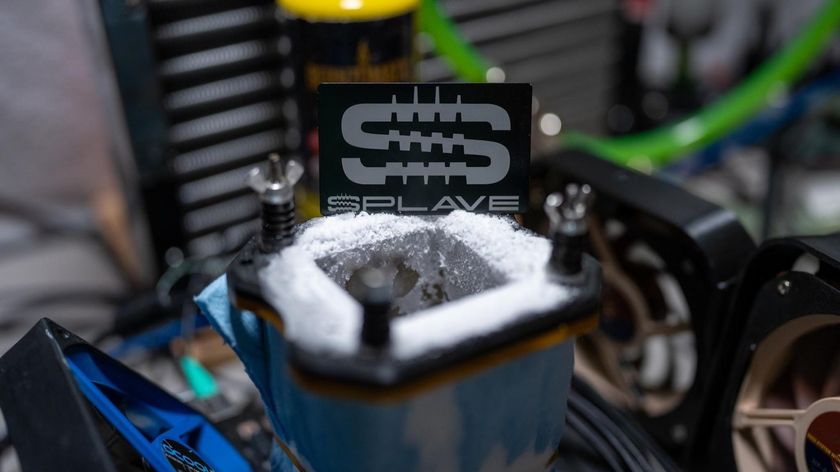Samsung 840 EVO SSD: Tested At 120, 250, 500, And 1000 GB
Last week, Samsung unveiled a successor to its wildly popular 840 at the company's Global SSD Summit in Seoul, South Korea. Stacked with a series of new features and 19 nm, three-bit-per-cell NAND, we benchmark four models and make a recommendation.
The 840 EVO's Bag Of New Tricks
The Flash

There are a number of minor changes that turn the mild-mannered, economical 840 into a sometimes-fire-breathing beast. It all starts with the flash.
Previously, Samsung didn't really want to talk about the 840's memory, though it appears the company was using 64 Gb NAND dice manufactured at 21 nm. A 64 Gb die holds 8 GB of data; the new 128 Gb density stores 16 GB per die. So, fewer dice accommodate the same amount of information.
This is enabled by the reduction in feature size, as more transistors fit into a given unit of physical space. Every time manufacturing steps forward, companies like Samsung get more dice from each wafer. When you consider the evolution from one to two to three bits of data per memory cell, it's no wonder we're seeing big, affordable 1 TB SSDs.

The problem is that smaller geometry increases latency and has an adverse effect on write endurance. That third bit per cell complicates matters too, having some effect on read latency and a more substantial impact on writes. This is why the vanilla 840 offers great read performance and mediocre write speeds compared to much of the competition.
Not only does Samsung have to engineer its way around the flash's inherent shortcomings, but also face the extra complexity of NAND management and error correction. The company typically doesn't give away much information about how it extends endurance to livable levels. In the case of its 840 EVO, however, it went into a bit more depth.
Turbo Write
Stay On the Cutting Edge: Get the Tom's Hardware Newsletter
Get Tom's Hardware's best news and in-depth reviews, straight to your inbox.
SanDisk was the first company to use MLC NAND as emulated SLC for very fast programming. Toshiba is doing something similar with its two-bit-per-cell MLC. However, Samsung arguably gets the most mileage from this technique because it's using TLC NAND. Though each technology works a little differently, the idea is that, by setting aside some amount of memory to operate in SLC mode, performance improves substantially. As an added bonus, there are scenarios where this sort of caching can improve a drive's overall endurance. Samsung's approach does confer rigteous write numbers, even if that's only until the cache fills up.
The implementation involves a fixed array of NAND cells on a per-device basis. Take a chunk of triple-level-cell memory, use it as SLC, and you lose 66% of its capacity. For instance, the 1 TB 840 EVO has 36 GB carved out for Turbo Write, giving you 12 GB of emulated SLC. That's actually quite a bit of cache, though a little bit goes a long way. Here's the breakdown by capacity:
| 840 EVO Turbo Write | 120 GB | 250 GB | 500 GB | 750 GB | 1 TB |
|---|---|---|---|---|---|
| Sacrificed TLC Capacity | 9 GB | 9 GB | 18 GB | 27 GB | 36 GB |
| Turbo Write SLC Cache | 3 GB | 3 GB | 6 GB | 9 GB | 12 GB |
Once the drive's cache is full, spillover goes directly to the three-bit-per-cell NAND. If you try to write at the drive's top speed for longer than it takes to fill the cache, performance drops back to the 840's original peaks.

In the chart above, I'm writing sequentially in Iometer. Depending how long the write lasts, you can see how much the throughput varies. At the end of 10 seconds, the 120 GB model is pushing 331 MB/s. Spend 20 seconds writing 128 KB blocks and the cache overrun is even greater.
Based on the table above my chart, the 120 GB 840 EVO has about 3 GB of usable cache. That means it only takes about nine seconds to fill at 330 MB/s. Samsung says it'll do more than 400 MB/s with Turbo Write, though. Obviously, as the cache fills up, speed is dropping precipitously. In this case, it dips as low as 169 MB/s at the end of one minute. This works so well in the real world because you're probably not going to be writing for that long. Desktop usage patterns really lend themselves to this type of acceleration.
Thermal Protection
Tying it all together (the enhanced write speed, a new controller, and updated flash) is thermal protection. Though not particularly sexy, in space-constrained enclosures, SSDs can get scorching hot. This is an issue for the components inside, particularly triple-level cell NAND, most of which shouldn't be operated in excess of 70 degrees Celsius. Too much heat can shift the voltage thresholds for a memory cell out of bounds, creating chaos.
To solve that problem, most newer drives employ some form of thermal throttling. Just like a CPU when it gets too toasty, a properly protected SSD will ease off of writes until the temperatures fall below a trigger threshold. In the EVO's case, that's 70 degrees. Reading from the flash doesn't require much voltage, but programming and erasing do. Fortunately, Samsung has a reputation for relatively low power consumption most of the time, though TLC NAND inherently draws more.
Current page: The 840 EVO's Bag Of New Tricks
Prev Page The Evolution Of Samsung As An SSD Giant Next Page Inside Samsung's 840 EVO-
Someone Somewhere Surely it would make sense to compare it to the vanilla SSD840. Also, there's no 840 Pro in the power charts.Reply
While the 1TB drive coming down to ~65c/GB is nice, seeing the 120 GB drives get near there would be nice. Especially since this is meant to be the value king. -
drwho1 I have 2 840 pro 512 GB SSD's (1 on my notebook 1 on my PC)Reply
I got them on a sale on Newegg for around $500 for both of them. :)
A 1TB would be cool if I find it on sale....
or maybe I should try out writing a letter to someone fat in some weird red costume...
-
slomo4sho The performance gap between the 840 Evo and 840 Pro is discouraging for the lower capacity models. I understand that the Pro is the flagship product but I was expecting less of a gap in in the 120GB models since this is a newer generation product and the 840 Pro is still based on the 21nm MLC NAND. However, the 1TB model is is a great choice for mass SSD storage. Lets hope the prices drop below $0.50 per GB soon.Reply -
Someone Somewhere MLC is faster than TLC, and bigger node NAND is usually faster. Only reason to go smaller is price and power.Reply -
SteelCity1981 I wonder if samsung plans on releasing a pro evo series since the regular series evo is to replace the older non pro versions.Reply -
razor512 ripoff, high prices for triple level flash especially at 19mm, the lifespan will likely suck and their shortened warranty represents that.Reply -
master9716 Cost for performance = Very High . ofcourse its not going to perform like a Pro but for the cost im amazed its that much better than the Regular 840.Reply -
J_E_D_70 Glad this review also refutes the perception of low TLC write endurance in normal desktop workloads. Been using a 128GB 840 in a daily-use desktop for eight months now and the endurance counter hasn't decremented at all. I'll have replaced the entire rig long before it wears out.Reply -
JohnnyLucky Interesting review. I think the point to remember is that the 840 EVO is not a high end enthusiast ssd like the 840 Pro. Instead, consider the 840 EVO as a mainstream ssd suitable for most consumer and home office scenarios.Reply
